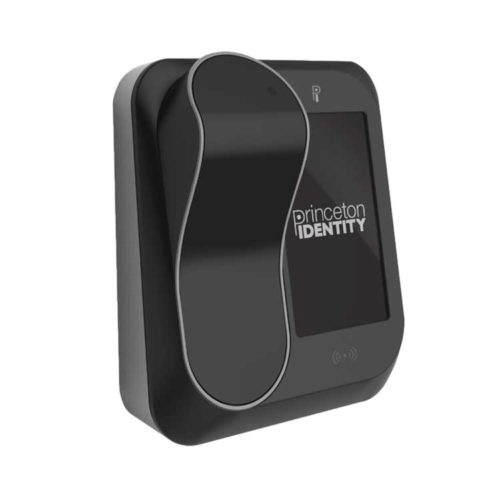Access Control Management is a critical aspect of both physical and logical security systems that ensures only authorized individuals or entities are granted access to resources, areas, or information. It involves implementing policies, procedures, and technologies to regulate and monitor access in order to protect sensitive information, maintain privacy, and prevent unauthorized use.
Access control can be broadly categorized into two main types: physical access control and logical access control.
- Physical Access Control: Physical access control pertains to securing physical spaces, buildings, and resources. It involves measures to restrict and monitor entry to certain areas based on user roles, permissions, and authentication methods. This is often achieved through the use of security mechanisms such as doors, locks, badges, key cards such as smart cards, biometric scanners (like fingerprint or iris scanners), security guards, and surveillance cameras. Physical access control aims to prevent unauthorized individuals from physically entering restricted areas, thereby protecting assets, equipment, and people.
- Logical Access Control: Logical access control is concerned with managing access to digital systems, networks, and information. It focuses on safeguarding data, applications, and resources by regulating user interactions with them. Logical access control involves techniques such as user authentication, authorization, and audit logging. It ensures that users can only access the information and functionalities they are authorized to use based on their roles and privileges. Common methods of logical access control include username and password authentication, multi-factor authentication (MFA), digital certificates, access control lists (ACLs), and role-based access control (RBAC).
Access Control Management in both the physical and logical realms involves several key components:
- Identification: The process of recognizing an individual based on provided information (such as username, badge, or biometric data).
- Authentication: The process of verifying the identity of an individual, typically using passwords, PINs, biometric data, or tokens.
- Authorization: Determining what level of access an authenticated individual or entity should have based on their role, responsibilities, and permissions.
- Auditing and Monitoring: Keeping track of access events, actions, and changes in order to identify any anomalies, security breaches, or unauthorized activities.
- Enforcement: Implementing security mechanisms and protocols that restrict access based on the established policies and permissions.
- Administration: Managing user accounts, permissions, and access control policies, as well as making adjustments as needed.
Effective Access Control Management is crucial for maintaining the security and integrity of both physical and digital environments. It helps organizations mitigate the risks associated with unauthorized access, data breaches, and other security threats.




